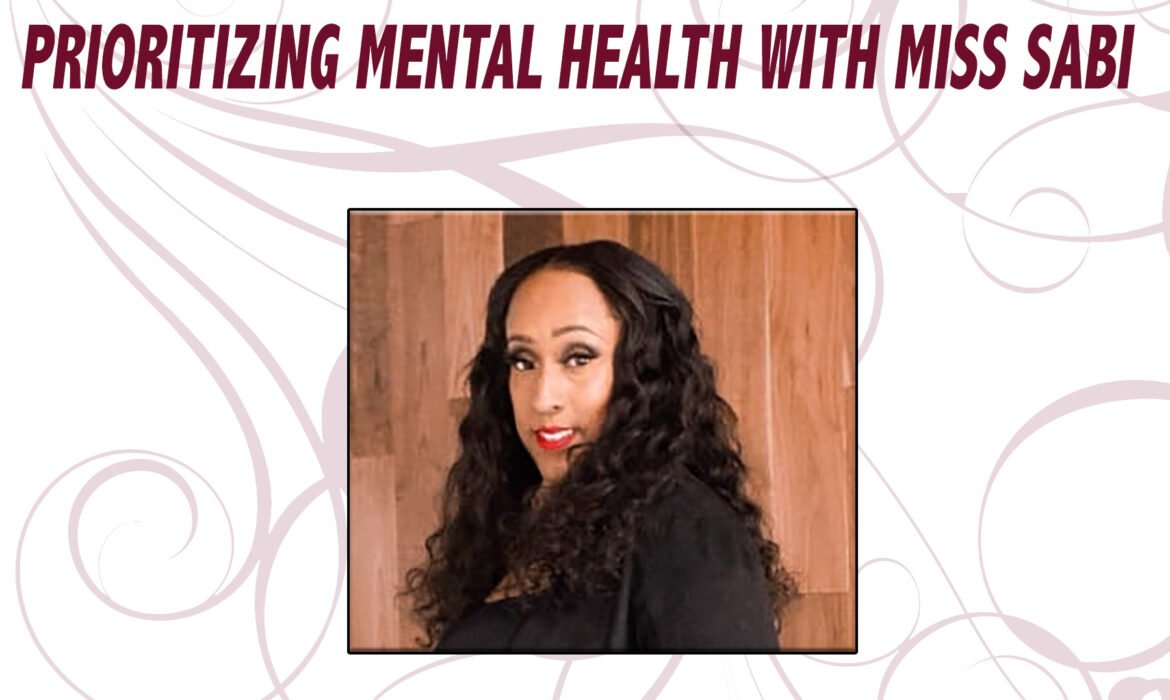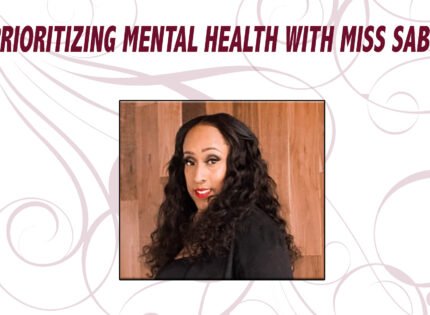Salutations! I experienced something so small yet incredibly satisfying because it showed me that I am doing something right when it comes to protecting and prioritizing my peace. A couple of weeks ago, I visited a former workplace, and my old boss said to me, “Sabi, you look peaceful. I don’t know how to explain it, but you just look so at peace.” I smiled and replied, “I’ve really been going to great lengths to protect my inner peace.”
Of course, I’ll share the different things I do to maintain my peace, but I want to start with how I begin and end my day. Before I made it a priority to protect my mental health and peace, my mornings were filled with anxiety about what might happen at work. I would wake up thinking, “I wonder what madness these students are going to do today. Something is going to go wrong—it always does.” I also spent way too much time scrolling through social media, and we all know how chaotic those platforms can be. My nights weren’t much different. Before bed, I would dwell on everything that went wrong during the day, imagine how those problems would carry into the next day, and then fall asleep scrolling through my social media feeds again.
But I’ve drastically changed my habits. Now, I start my day by going to YouTube© and playing my favorite positive affirmations and gratitude videos. I also repeatedly tell myself, “Today is going to be a good day, and I put positive energy into the world, so positive energy will come back to me today.” I extend this practice to my students as well. At the beginning of every class, we do what I call Relax and Focus, where we watch a five-minute guided meditation video. When I first introduce this practice, my students are often hesitant. I explain that it helps their brain relax and “switch gears” to absorb new information, yet some still push back against it. To test them, I occasionally start teaching without “Relax and Focus,” and sure enough, at least five students will say, “Hey Miss! You forgot Relax and Focus!” I simply respond, “We’re not doing it today…” and, like clockwork, at least one student always asks, “Why not?!” Clearly, some of my students have come to recognize the value of this practice as well.
When I get home after a long day, I make a conscious effort to think about everything that went right instead of focusing on what went wrong. Finally, before bed, I’m intentional about what I listen to. I often play a video called Just One Night to Manifest Success, Wealth, and Prosperity: it is an 11-hour video meant to play throughout the night as you sleep. I made these changes because, through reading books and articles, I came to understand the powerful influence of the subconscious mind on success. I’ve gone from being a worrisome, somewhat pessimistic person who constantly thought about worst-case scenarios to someone who is optimistic and envisions the best possible outcomes: this shift has done wonders for my anxiety.
The connection between mental habits and success isn’t just motivational talk—it’s rooted in neuroscience. To understand why these practices work, it’s important to recognize the difference between the conscious and subconscious mind. The conscious mind is what we actively use for thinking, decision-making, and problem-solving, while the subconscious mind operates in the background, processing vast amounts of information, storing beliefs, and guiding automatic behaviors. Research shows that while the brain processes about 11 million bits of information per second, the conscious mind can handle only about 40 bits in that same timeframe. This means that most of our thoughts, reactions, and even self-perceptions are shaped by subconscious programming, often without us realizing it. Studies suggest that affirmations, meditation, and gratitude practices help rewire subconscious thought patterns, reinforcing positive beliefs that align with our goals. By intentionally feeding our subconscious with messages of positivity and success, we can shape our mindset and behaviors in ways that directly contribute to personal and professional growth. For me, incorporating these practices—not just in my own life but also in my classroom—has been a powerful way to cultivate a sense of peace. It reassures me that I am doing my best to create an environment that encourages both my students and me to approach each day with a more positive, intentional, and focused mindset.
Your Homework:
Now, it’s your turn to take action. Start and end your day with intention. Each morning, take five minutes to listen to positive affirmations or gratitude statements, and each night, reflect on the things that went right in your day (you may want to write these things down in your gratitude journal). Pay attention to how these small changes impact your mindset and overall sense of peace. Let me know how it goes!
Peacefully yours,
Sabi Kamilah Hinkson
P.S. On my Linktree, I post the links to the resources that I consulted for these articles.















